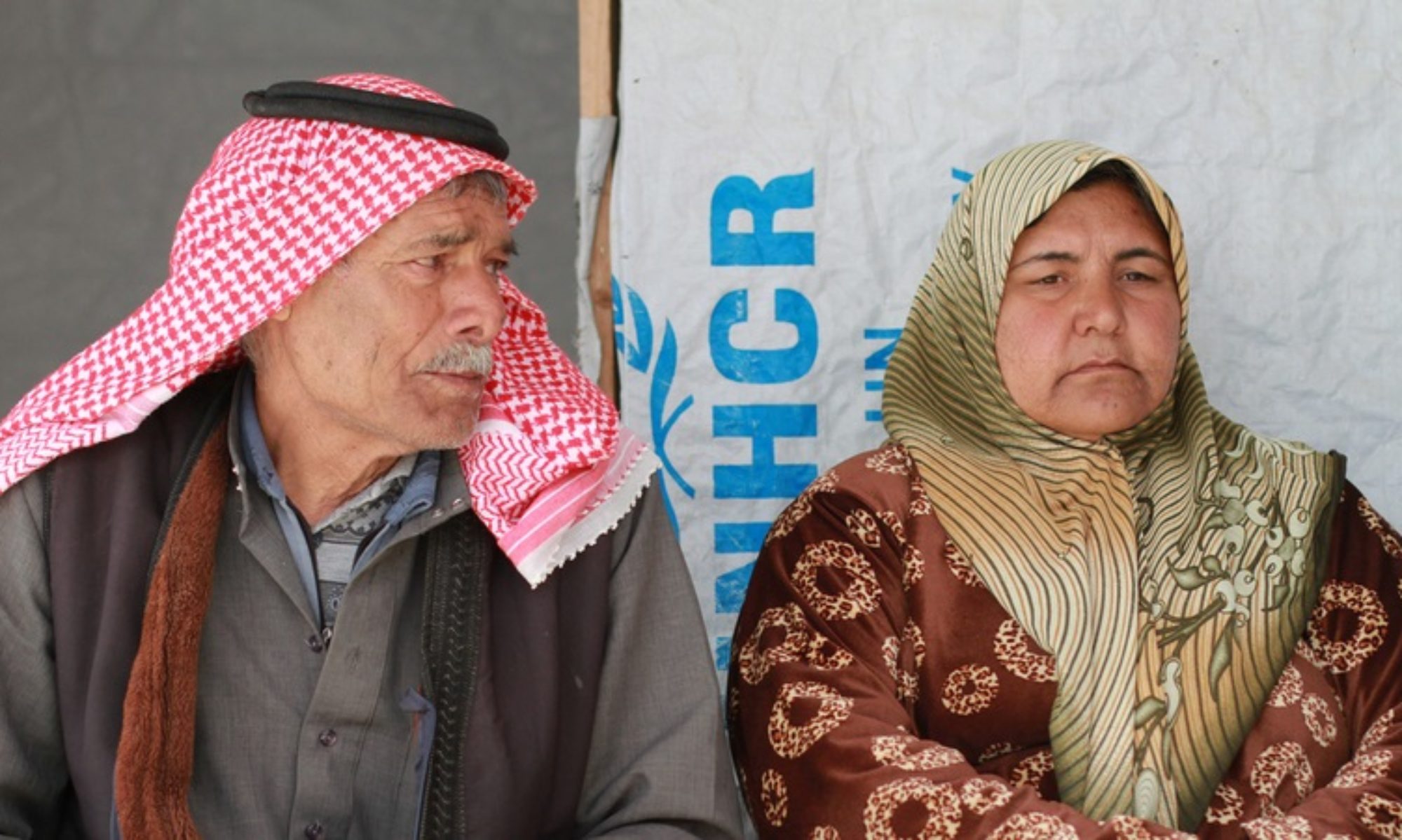The first modern refugee institution
Between 1774 and the First World War, more than four million Muslims from Crimea and the Caucasus were expelled from their homes, finding refuge in the Ottoman empire. Of these, close to 2 million left their homes in the Caucasus in the aftermath of the 1877-1878 Russo-Ottoman war, expelled from territory newly acquired by the Russian empire. These refugees travelled on foot, in ox-driven carts or by sea, under terrible conditions. Eyewitness recount how during the worst days of the influx, 50 refugees a day were dying in the Black Sea port city of Samsun. Others froze to death in the Bulgarian winter. It is estimated that 500,000 died from disease and starvation during the exodus, in what has been dubbed the first massive ethnic cleansing of the modern era.
In her new book, Syria: the Making and Unmaking of a Refuge State,
Professor Dawn Chatty provides an historial account of these forced migration movements,
as well as the reaction of the Ottoman empire. It is noteworthy that already in
1857, the Sublime Porte enacted an Immigration Code, and in 1860 created an
independent agency to manage the integration of these refugees and exiles, the Muhacirin
Komisyonu or migrants comission.
Continue reading “Who invented refugee protection? Eurocentrism and the history of the humanitarian movement”





